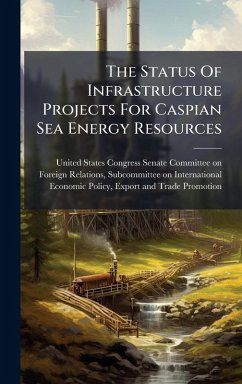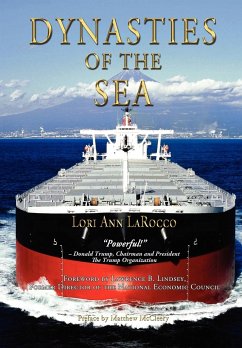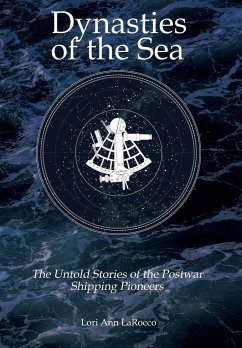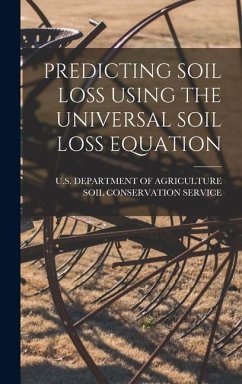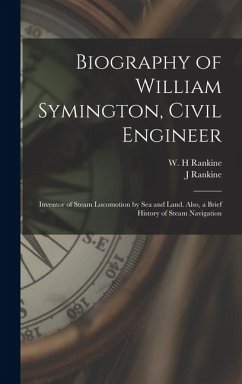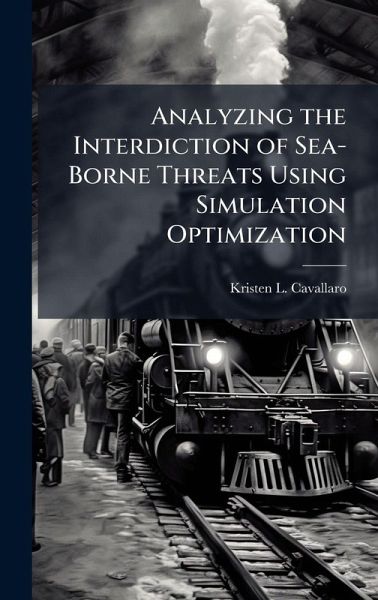
Analyzing the Interdiction of Sea-Borne Threats Using Simulation Optimization
Versandkostenfrei!
Versandfertig in über 4 Wochen
28,99 €
inkl. MwSt.
Weitere Ausgaben:

PAYBACK Punkte
14 °P sammeln!
Worldwide, maritime trade accounts for approximately 80% of all trade by volume and is expected to double in the next twenty years. Prior to September 11, 2001, Ports, Waterways, and Coastal Security (PWCS) was afforded only 1 percent of United States Coast Guard (USCG) resources. Today, it accounts for nearly 22 percent of dedicated USCG resources. Tactical assessment of resource requirements and operational limitations on the PWCS mission is necessary for more effective management of USCG assets to meet the broader range of competing missions. This research effort involves the development an...
Worldwide, maritime trade accounts for approximately 80% of all trade by volume and is expected to double in the next twenty years. Prior to September 11, 2001, Ports, Waterways, and Coastal Security (PWCS) was afforded only 1 percent of United States Coast Guard (USCG) resources. Today, it accounts for nearly 22 percent of dedicated USCG resources. Tactical assessment of resource requirements and operational limitations on the PWCS mission is necessary for more effective management of USCG assets to meet the broader range of competing missions. This research effort involves the development and validation of a discrete-event simulation model of the atsea vessel interdiction process utilizing USCG assets. Through a simulation optimization approach, our research uses the efficiency of a localized search algorithm interfaced with the simulation model to assess resource allocation levels of USCG assets in the interception, boarding and control, and inspection processes that compose the overall interdiction process with the overall objective of minimizing process time requirements. This work has been selected by scholars as being culturally important, and is part of the knowledge base of civilization as we know it. This work was reproduced from the original artifact, and remains as true to the original work as possible. Therefore, you will see the original copyright references, library stamps (as most of these works have been housed in our most important libraries around the world), and other notations in the work. This work is in the public domain in the United States of America, and possibly other nations. Within the United States, you may freely copy and distribute this work, as no entity (individual or corporate) has a copyright on the body of the work. As a reproduction of a historical artifact, this work may contain missing or blurred pages, poor pictures, errant marks, etc. Scholars believe, and we concur, that this work is important enough to be preserved, reproduced, and made generally available to the public. We appreciate your support of the preservation process, and thank you for being an important part of keeping this knowledge alive and relevant.





